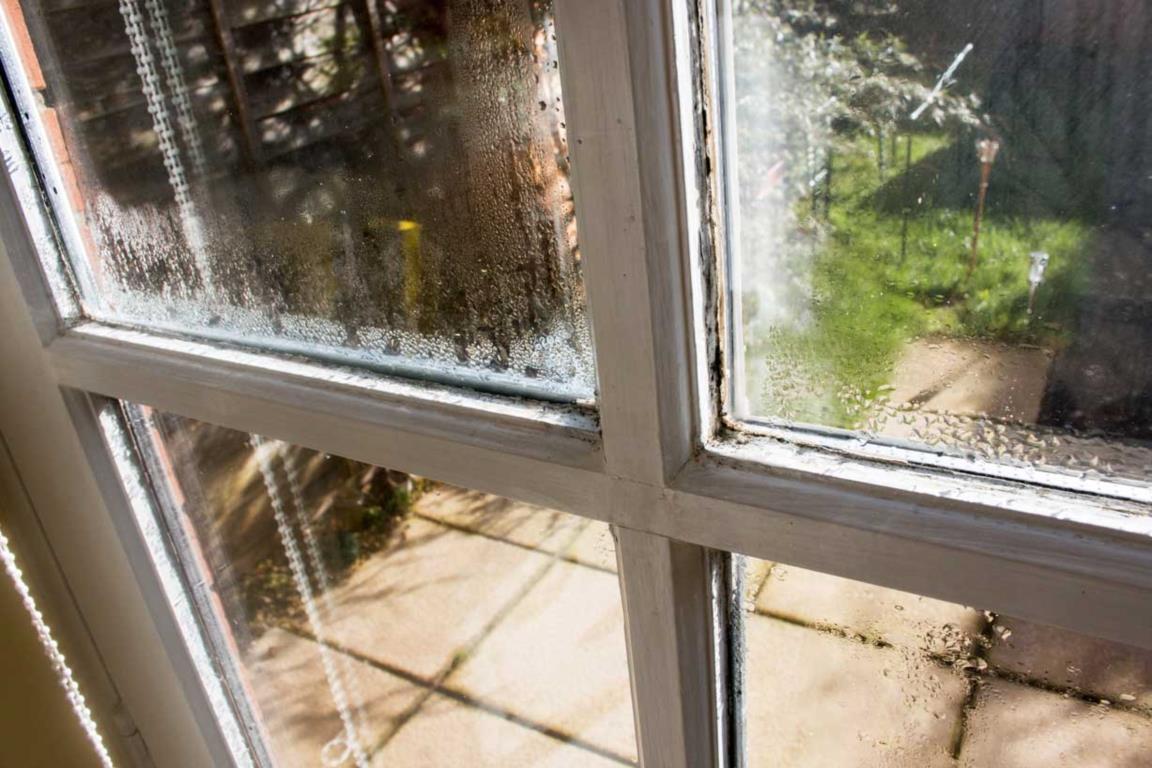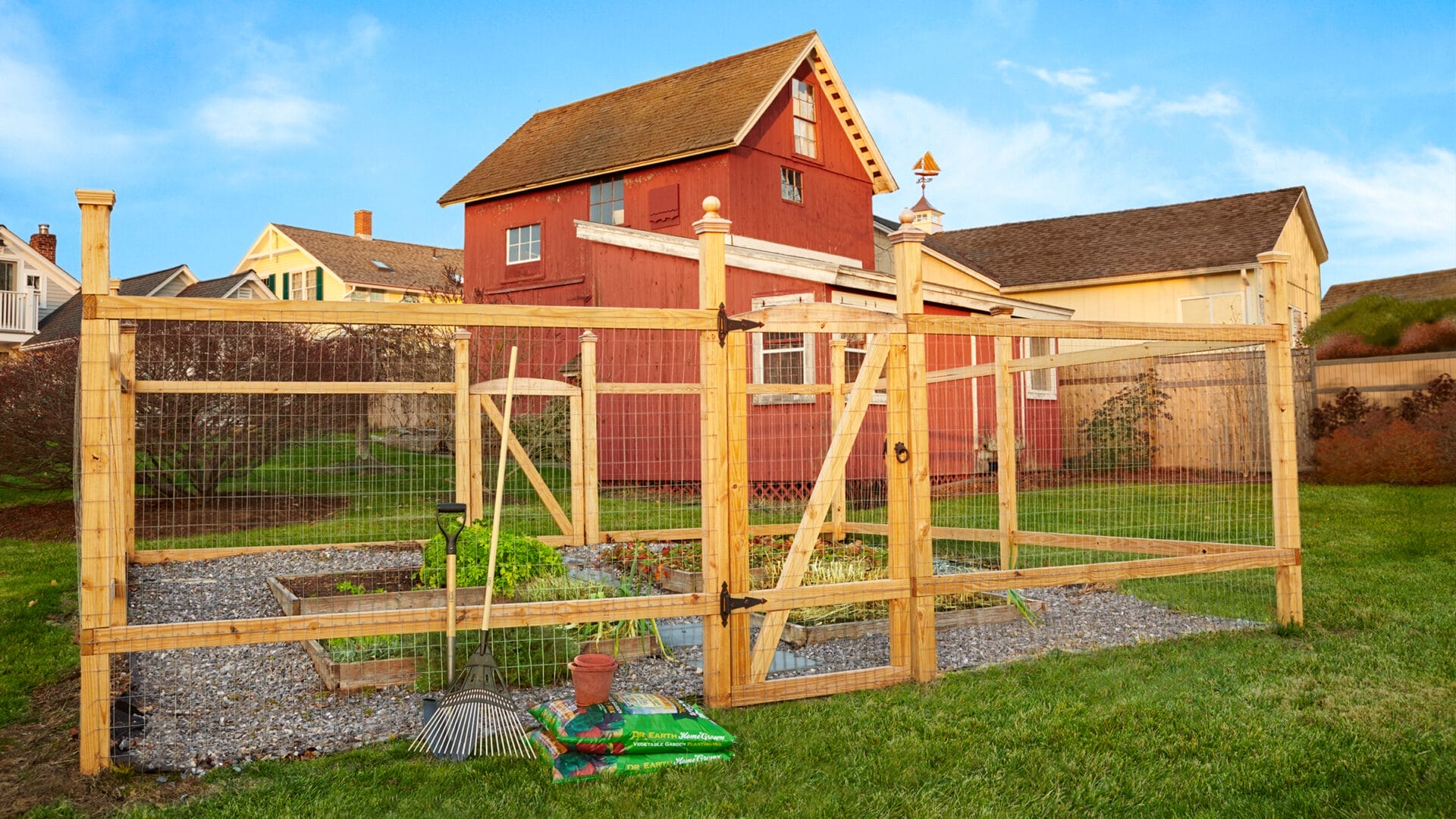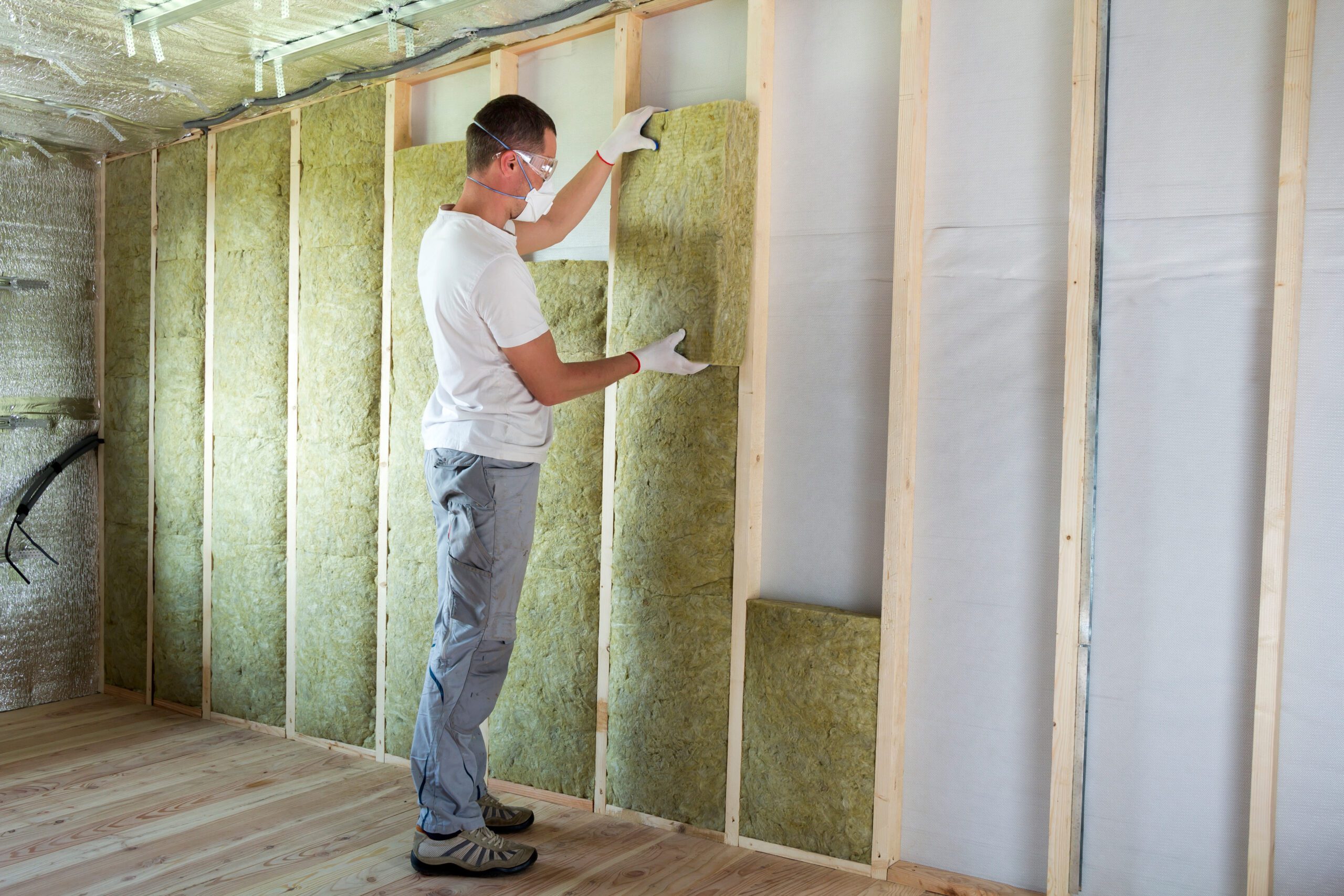
Windows play a vital role in homes by letting in natural light and keeping the weather outside where it belongs. When they start to fail, they can cause all sorts of problems that affect both comfort and energy bills.
Good window and door maintenance is important, but if neglected can lead to signs like foggy glass, draughts around the frames, rotting wood, or rises in your gas or electricity bill (that aren’t due to greedy utility companies). This could mean it is the time to be looking at window or door replacement. These issues won’t fix themselves, and they often get worse over time.
A home’s double glazed windows can typically last 15-25 years as long as they get proper care. But, many homeowners wait too long to replace windows that are failing, which in-turn can lead to higher heating costs, and potentially, damage to their house. So importantly, catching these warning signs early makes the process of replacement much simpler.
Recognising the Signs of Wear and Tear
Windows display clear physical signs when they begin to fail. Worn windows can affect your home’s comfort, security, and energy efficiency.
Drafts and Increased Energy Bills
Cold spots near windows signal failing seals and poor insulation. Place your hand near the window frame to feel for air movement on a windy day.
A sudden rise in heating costs often points to inefficient windows. Old or damaged windows let warm air escape and cold air enter, forcing your heating system to work harder. Obviously, reducing drafts can make your home much more energy efficient.
Common signs of drafts include:
- Curtains that move without open windows
- Cold zones near window areas
- Visible gaps between frame and wall
- Whistling sounds during windy weather
- Difficulty Opening, Closing, or Locking
- Windows that stick or jam need immediate attention. Paint build-up, warped frames, or rusted hardware can make windows hard to operate.
Broken locks and handles create security risks
Windows should open and close smoothly without extra force.
Check these operation issues:
- Windows that slam shut
- Frames that look crooked
- Loose or missing hardware
- Windows that need propping open
- Condensation Between Panes
Foggy glass or water droplets between double-glazed panes indicate seal failure. This issue cannot be fixed and requires full window replacement.
White or grey streaks between the glass show that moisture has entered the sealed unit. These marks will not wipe away from either side of the glass. Failed seals reduce the window’s insulating properties. The trapped moisture can lead to mould growth and further damage to window frames.
Assessing Window Performance
Good windows keep homes quiet and look appealing. Testing sound levels and checking window appearance helps identify when replacements are needed.
Checking for Sound Insulation
Stand near your windows and listen for outside noises. Traffic sounds, barking dogs, and other street noise should be muffled when windows are working properly.
Try this simple test: Have someone speak at a normal volume outside whilst you listen indoors. If you can hear them clearly through closed windows, the sound insulation might be failing.
Double-glazed windows typically block 75-90% of outside noise. When this drops noticeably, it often means the seal between panes has broken down.
Evaluating Aesthetic Condition
Check window frames for visible signs of wear. Look for:
- Chipped or peeling paint
- Warped or cracked frames
- Discoloured uPVC
- Rust around metal parts
- Water stains on surrounding walls
Examine glass panes for cloudiness between the glazing. This misting signals that moisture has breached the seal.
Take note if your windows look dated compared to your home’s style. Mismatched windows can reduce kerb appeal and property value.
Understanding Window Lifespan and Materials
Different window materials have specific lifespans and will show unique signs of wear over time. Quality materials and proper maintenance can extend a window’s useful life by many years.
Life Expectancy of Different Window Types
Vinyl windows typically last 20-40 years with minimal maintenance needs. They are resistant to moisture and don’t ever require painting.
Fibreglass windows can last 50+ years when properly maintained. Windows manufactured with this material offer excellent durability, and they also won’t expand or contract very much when then the temperature changes.
Wood windows can have a 30-50 year lifespan when they are protected properly from rain or moisture. This means you regular painting and sealing helps prevent rot and extends their life.
Aluminium windows generally last 20-30 years. They’re strong but can corrode in coastal areas.
Material Degradation Over Time
- Wood frames may rot or warp if exposed to moisture. Watch for soft spots, peeling paint, and visible water stains.
- Vinyl can become brittle and fade from UV exposure. Look for cracks, warping, or discolouration.
- Aluminium frames might develop oxidation or corrosion. Check for white powder residue or pitting on the surface.
- Fibreglass resists most forms of degradation but can fade over time. Inspect for scratches or chips in the finish.
Signs of wear in windows and doors often appear first around seals and moving parts, but with regular cleaning and some general maintenance can definitely help prevent premature failure.







